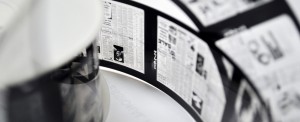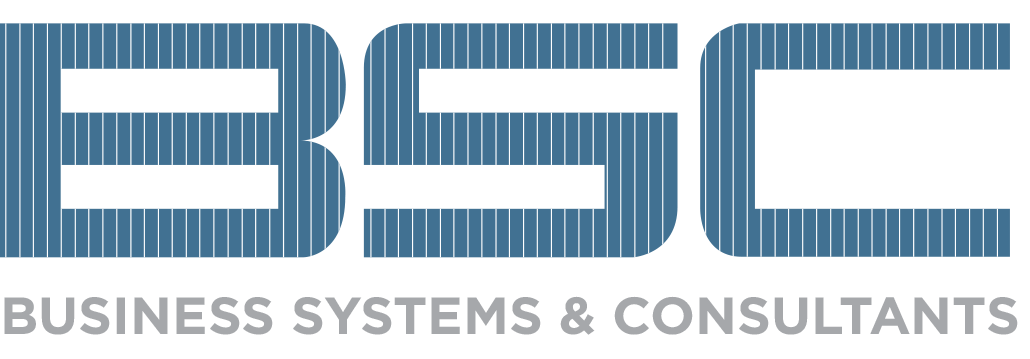Everything To Know About Your Microforms – AL
Your entire film collection should be accommodated for not just partial amounts. E-imagedata provides different microforms used for document storage to protect all your valuable items.
Microforms have been around for decades but had no real use until the early 1900s when a NYC banker was issued a patent for a “checkgraph” machine that made permanent copies of bank records. A few years later, Eastman Kodak bought the invention and microfilm’s future was established.
Microforms are stil a preferred method of permanent document storage today. They have a relatively low cost, small storage footprint and life expectancy of half a millennium. Let’s discuss a few types of microform storage.
Jacketed Fiche
One of less common microfilm known as jacketed microfiche is made from cut 16mm or 35mm-wide roll film (sometimes a combination of both). This film places strips into Mylar sleeves in order to unitize the data in the images. These jackets hold up to five strips of film, usually in a horizontal orientation. One advantage of jacketed fiche is that it is “updatable” as it can accept future additions and changes. A common use of jacketed fiche has been the storage of patient medical records in the healthcare industry. Jacketed fiche make it possible to remove strips of information from the film jacket and then insert updated strips of information into that patient record, keeping both the historical and the current medical data available in one record.
Microfilm
Microfilm is a spooled roll of photographic images, not terribly dissimilar to a reel of movie film. Microfilm, though, is much stronger and more reliable than traditional film. The rolls typically come in two sizes: 16mm and 35mm, similar to the jacketed fiche. The 35mm film is used for larger documents such as engineering drawings, building plans or broadsheet newspaper pages. BSC has worked with many architects and contractors in this aspect.
Ultra Fiche
This particular microform storage is a sheet of film, usually the size of a 3×5 filing card, that is similar to a microfiche but has a much larger number of microcopies. These microcopies typically represent the original document reduced in size 90 times or more to save space.
Microfiche
Microfiche is a flat sheet of microfilm, commonly four inches by five or six inches. As with microfilm, microfiche is offered in 16mm and 35mm sizes. The 16 mm microfiche, as referred to its size of frames of data, is used primarily for A3 and A4-sized documents.
The 35mm microfiche, like the 35mm film, is used mainly for construction and engineering plans and newspapers. The original images are shrunk down to 35mm, and 600-800 images can be stored on a fiche, depending on their original size.
Aperture cards
Aperture cards or Hollerith cards, are similar to old IBM punch cards. Aperture cards have a hole in which a 35mm chip of microfilm is embedded. The card is coded with indexing information for the image, which allows for mechanical sorting of the imagese. Aperture cards are most commonly used for engineering applications.
Micro Opaques
Micro Opaques or micro prints and microcards are sheets of opaque material bearing a number of microimages arranged in a two-dimensional array. These rectangular sheets of card stock are typically stored in boxes or in envelopes (sleeves). Although an obsolete microformat for providing current document storage formats and the limited ability to integrate into the information delivery demands of today’s digital world.
Reading them all
Although microforms have many benefits their has been some difficulty with data storage media working with requiring many different types of specialized equipment to cover the different storage formats and the limited ability to integrate into the information delivery demands of today’s digital world.
Our goals have been not only to find solutions to these issues but to actually make working with microfilm easy, afforable and fun. Today, the e-imageData microfilm scanners are the only universal solution that allows customers to use thier entire film collection, including microfilm, fiche, COM, micro opaques, ultra fiche and jacketed fiche.
The ScanPro All-In-One is the only solution for both on-demand scanning and conversion scanning. These ScanPro All-In-One microfilm scanners provide the ability to automatically scan fiche and roll film at 100 images per minute and jacketed fiche at 70 images per minute. The ouput is accomplished with exceptional accuracy and at a fraction of the cost of bulky production microfilm scanners. This scanner also allows you to scan your roll film and fiche onsite in the security of your own business, right on your own desktop whenever it is convenient.
Are you ready to do your own research and conversion scanning? The ScanPro All-In-One scanner allows you to work in the comfort of your own work place and offers efficient security for all your records and images. Contact a local BSC representative today to get your free assessment. Check out the video below for a quick demonstration.
